
Introduction to Ghibli Style
Explore the unique charm of Ghibli style, from design concepts to expression techniques, revealing how it creates unique visual experiences through art.
When people hear "Ghibli style," they immediately think of the serene countryside sunset in "My Neighbor Totoro," the mysterious and magnificent bathhouse in "Spirited Away," or the fantastical floating castle in "Howl's Moving Castle." This style is not just an animation technique but a visual language and narrative philosophy that transcends cultures and touches the heart.
I. The Artistic Philosophy Originating from Studio Ghibli
"Ghibli style" was born in Studio Ghibli, founded in 1985 by animation masters Hayao Miyazaki and Isao Takahata. Unlike traditional Japanese anime, which focuses on fast-paced, plot-driven storytelling, Ghibli emphasizes atmosphere, life details, and emotional resonance, gradually developing into a unique "Japanese poetic animation aesthetic."

Illustration Prompt: "Ghibli-inspired Japanese countryside, warm sunset lighting, lush trees and small houses, anime art style --v 5"
II. Visual Language: Soft, Delicate, and Fantastical
One of the most distinctive features of Ghibli style is the gentleness and realism of its visual language. Each frame is like a delicate illustration.
Rich and Realistic Background Details
In films like "Castle in the Sky" and "My Neighbor Totoro," the forests, gardens, and towns possess a realism and life-like quality that transcends animation.
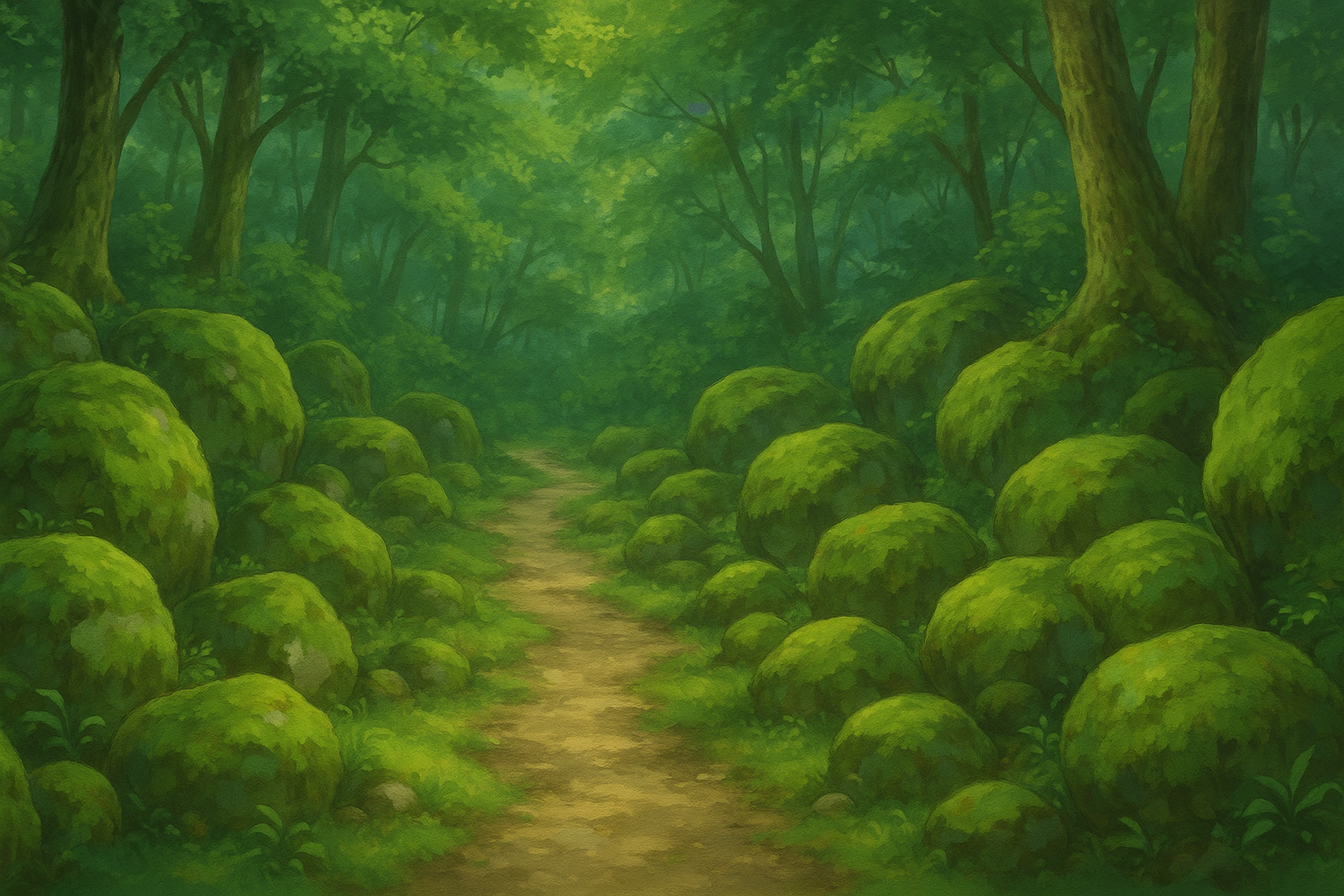
Illustration Prompt: "Studio Ghibli background style, forest path, mossy rocks, animated background concept art"
Simple and Relatable Character Design
Character designs are natural, without exaggerated features, yet rich in inner soul.
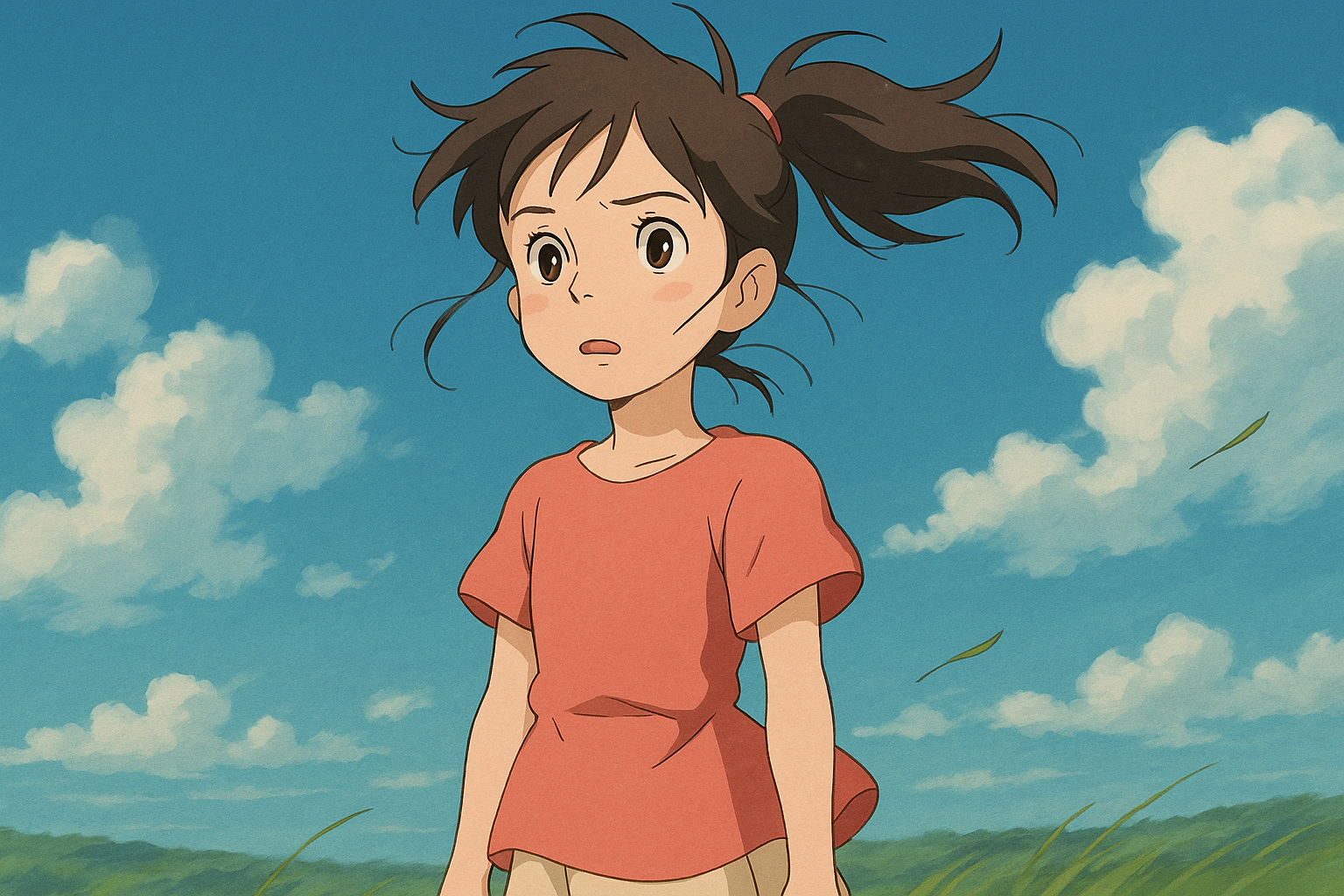
Illustration Prompt: "Studio Ghibli character design, young girl, simple clothes, expressive eyes, standing in wind"
Color Usage Focuses on Atmosphere Expression
Through low saturation and natural tones, it conveys the melancholy of rainy days and the warmth of evenings.
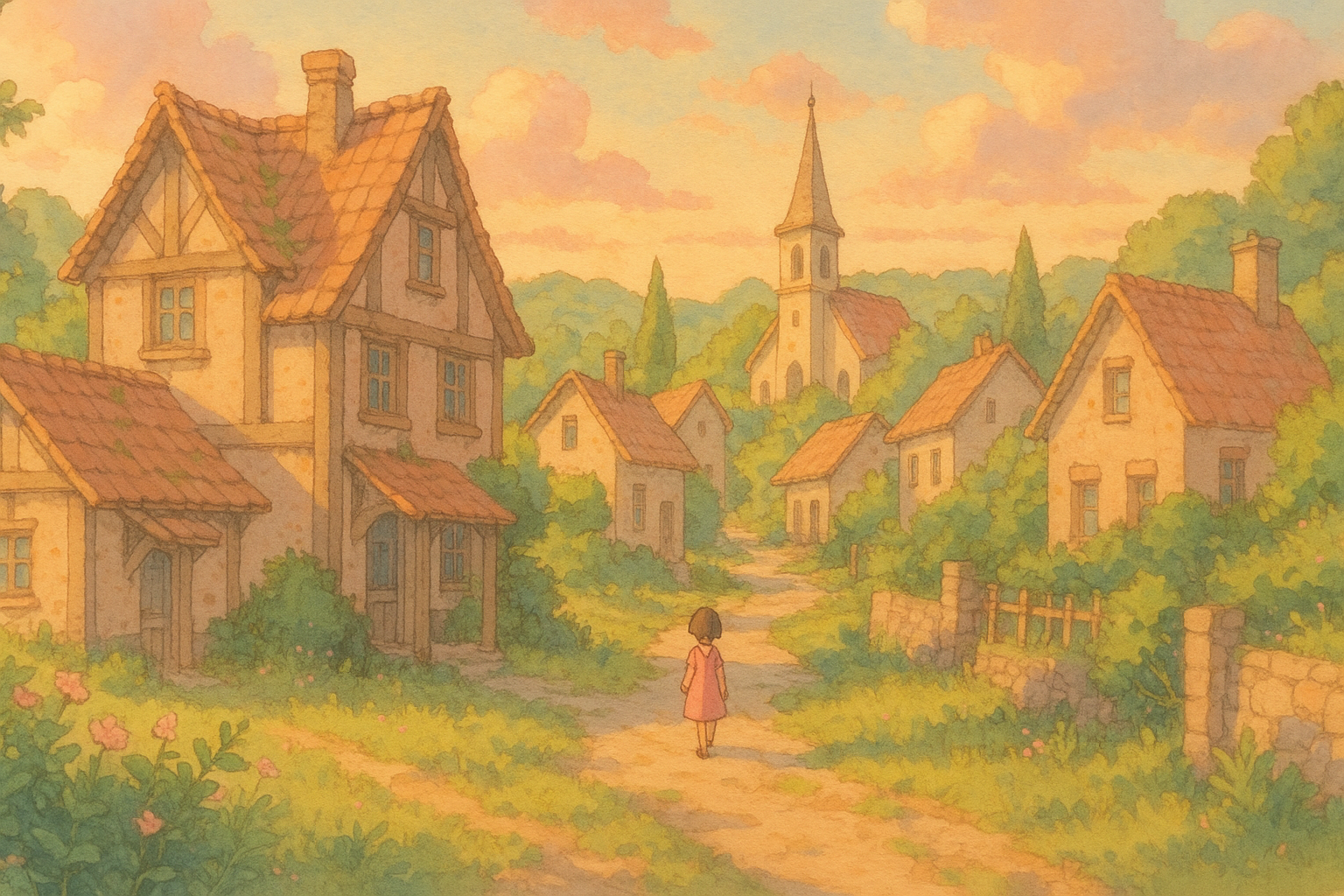
Illustration Prompt: "soft color palette, golden hour lighting, anime village scene, Ghibli aesthetic"
III. Narrative Style: Balancing Life's Essence with Philosophical Meaning
Ghibli's narrative style is slow and quiet, emphasizing details and symbolism rather than typical plot structures.
- "My Neighbor Totoro" portrays family anxiety but transforms it into healing through a child's perspective;
- "Spirited Away" uses a fantastical adventure to reflect growth and identity.
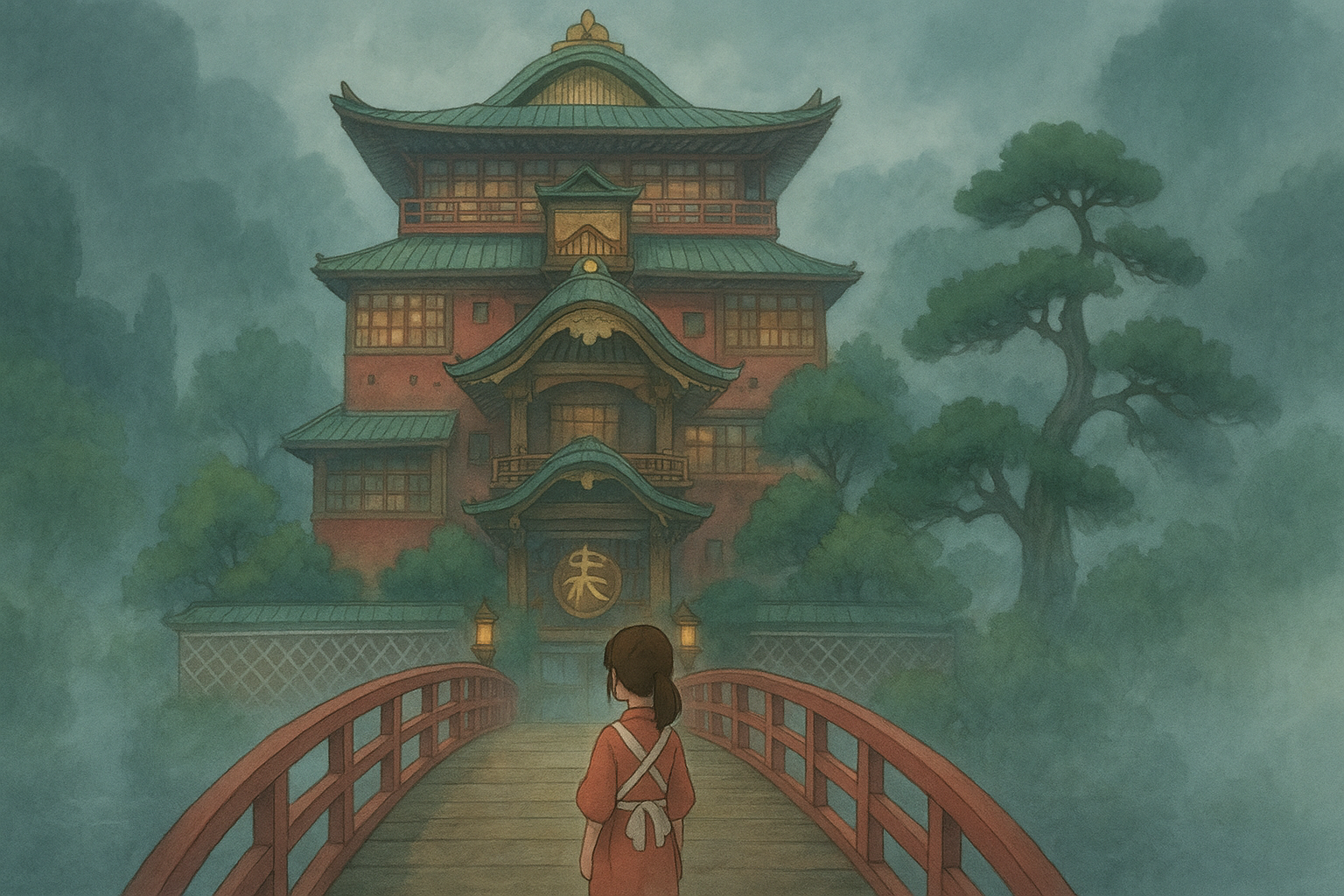
Illustration Prompt: "Ghibli-style bathhouse, misty atmosphere, young girl in traditional clothes, fantasy setting"
IV. Cultural Roots: Integrating Eastern Philosophy with Western Aesthetics
Ghibli style is deeply rooted in Japanese "mono no aware" culture (the sadness of transient beauty) but also incorporates:
- French Impressionist painting style
- British Industrial Revolution steam elements
- Nordic rural architectural inspiration
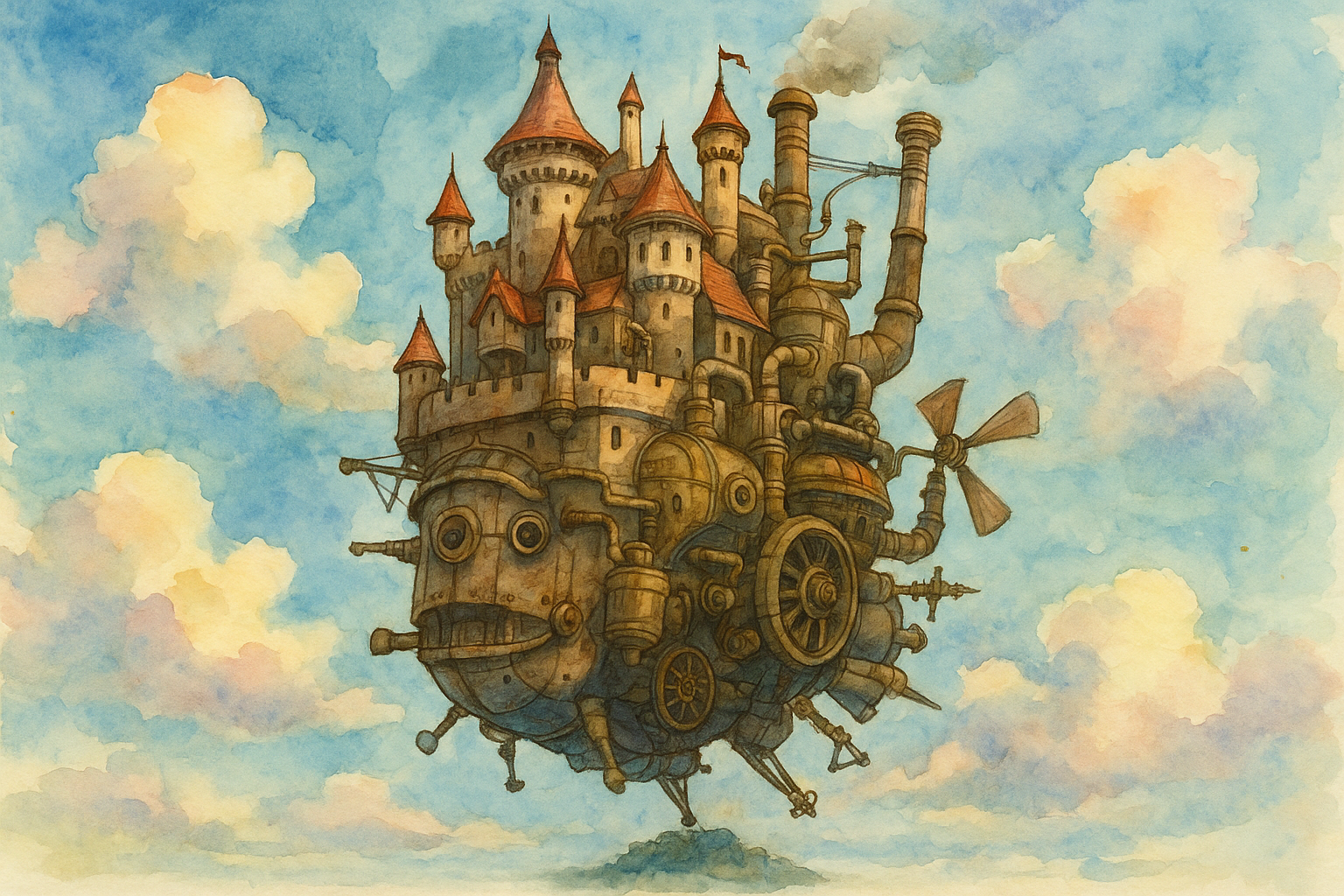
Illustration Prompt: "steampunk castle flying in the sky, watercolor background, Ghibli inspired"
Conclusion: GhibliStyle is a "Gentle Way of Observing the World"
It is not loud or trend-chasing, yet it quietly awakens the softness and beauty in people's hearts. In this fast-paced era, GhibliStyle has become a healing cultural symbol—as Miyazaki said, "The world is cruel, but it's still worth loving."

